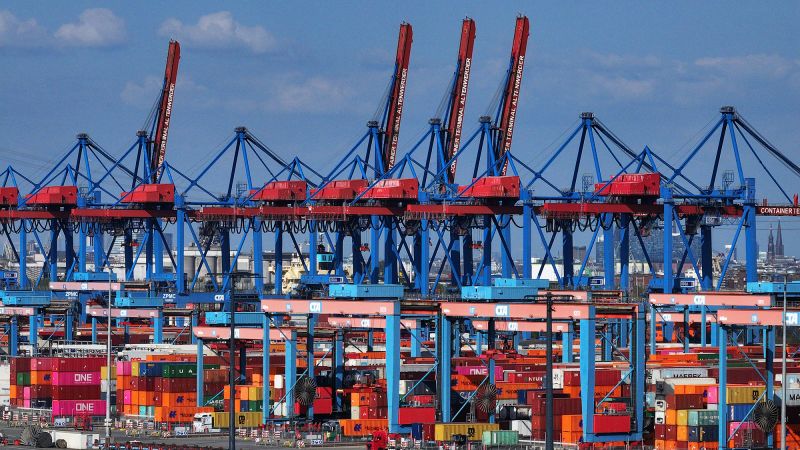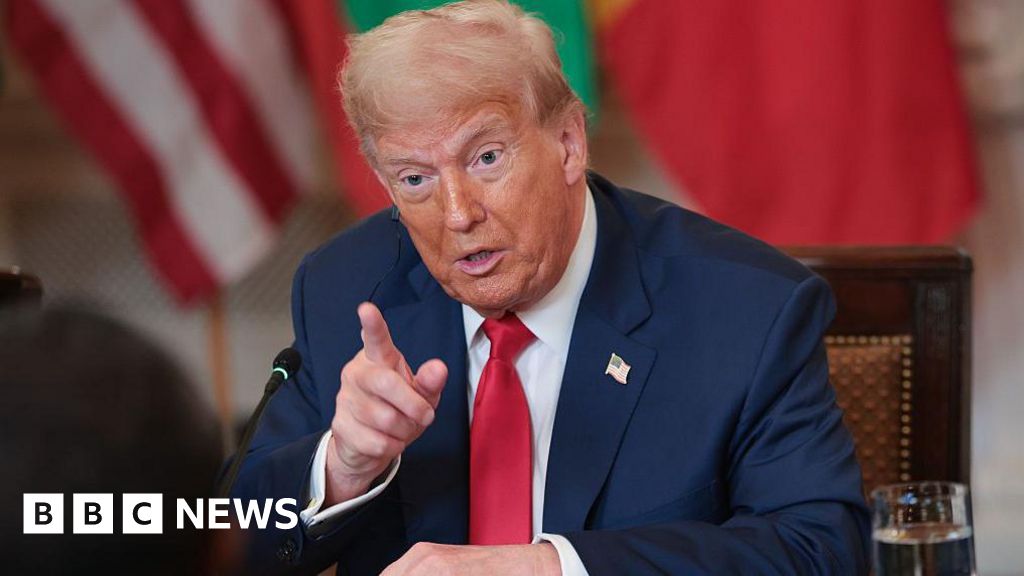US and EU Make Progress on Trade Deal

Introduction
The United States and European Union are making progress on a new trade deal that would see a 15% tariff rate between the two economies. This potential agreement comes as a response to President Trump's threats to increase tariffs to 30% starting August 1st. This deal would follow a similar accord with Japan, and could be a significant development in the ongoing trade tensions between the US and its allies.
Key Details
The negotiations have been ongoing for quite some time, with both sides facing challenges in reaching a compromise. The proposed 15% tariff would have a significant impact on industries such as agriculture, automotive, and technology. However, with the potential deal, companies in these industries can breathe a sigh of relief, as the 15% tariff would be significantly lower than the proposed 30%. The EU has also agreed to drop its plans for retaliatory tariffs, which would have targeted US goods such as whiskey and motorcycles.
Impact
If the deal is finalized, it could have a positive impact on the global economy, as it would reduce trade tensions and promote stability. It would also benefit businesses and consumers on both sides of the Atlantic, creating a more favorable trading environment. In addition, it would signal a step towards mending the strained relationship between the US and its traditional allies. However, the deal still needs to be finalized, and there is
About the Organizations Mentioned
European Union
The European Union (EU) is a unique economic and political partnership between 27 European countries, aiming to promote peace, stability, and economic cooperation. Established in 1993, the EU has evolved significantly since its inception, with key milestones including the introduction of the euro currency in 1999 and the expansion to include 27 member states. **History and Key Achievements:** - **Founding:** The EU's origins trace back to the European Coal and Steel Community (ECSC) in 1951, which evolved into the European Economic Community (EEC) in 1957. Over time, it expanded into the European Union with the Maastricht Treaty in 1992. - **Economic Integration:** The EU has fostered economic integration through the Single Market, allowing free movement of goods, services, and people among member states. - **Common Currency:** The euro, introduced in 1999, is used by 20 of the 27 member states, promoting economic stability and facilitating trade. **Current Status:** - **Challenges:** The EU faces ongoing challenges, including climate change, migration, and geopolitical tensions, particularly with Russia's aggression in Ukraine. - **Economic Outlook:** Euro area growth is forecast to remain weak in 2025, with GDP projected to expand by less than 1%[8]. - **Innovative Initiatives:** The EU is actively working on enhancing its technological and economic competitiveness, with initiatives like the Clean Industrial Deal and the Competitiveness Compass[4]. **Notable Aspects:** - **State of the Union Address:** The annual State of the Union address by the European Commission President outlines key priorities and initiatives for the year ahead, such as Ursula von der Leyen's 2025 address focusing on security, Ukraine support, and climate action[1][5]. - **Global Influence:** The EU is a significant player in global affairs, with initiatives like the Global Gateway aimed at sustainable development








